|
|
|
Hansen's Northwest Native Plant Database |
|
|
|
Corylus cornuta var.
californica (Western Hazelnut)
|
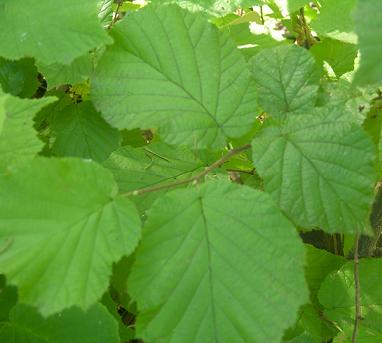 |
|||||||||||||||||||||||||||||||||
|
||||||||||||||||||||||||||||||||||
|
An attractive, small tree reaching 20 – 30’ tall and 6’ wide, with multiple arching branches. The long, pendant male catkins form in late winter to give charm and ornamental value and are the first native blooms of spring. The leaves resemble large, crinkled birch or alder leaves, although far more decorative. The bark is smooth and the twigs often crisscross beautifully. Squirrels like the edible nuts, as do many people! Western Hazelnut is shade and moisture tolerant and prefers a slightly alkaline soil. This variety is native only to the west coast, but hardy USDA zones 4-8. With a little effort, Western Hazelnut can be trained to form a unique hedge, offering a bounty of nutritious, gourmet snacks. It's a tough species that survives attacks of civilization with grace, making an excellent tree for city planting. Not available for sale in Oregon unless approved by Dept. of Agriculture. |
||||||||||||||||||||||||||||||||||

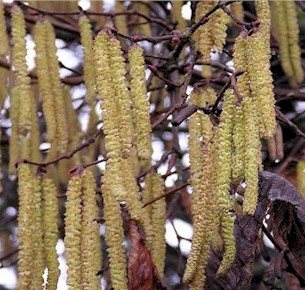 |
||||||||||||||||||||||||||||||||||
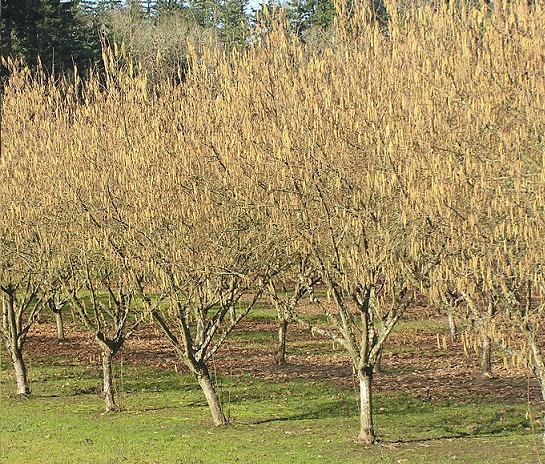
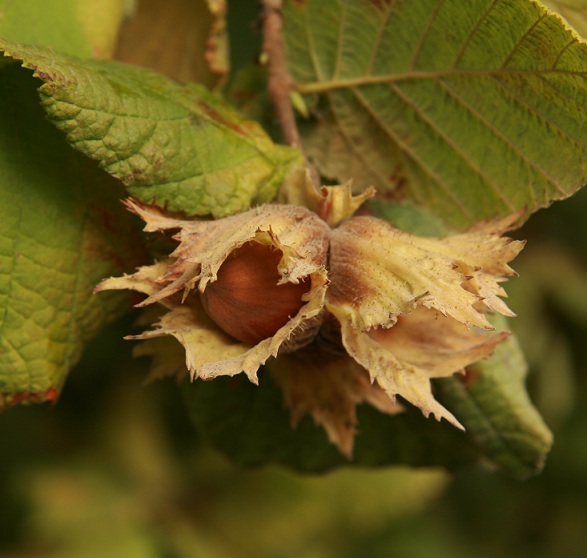 |
||||||||||||||||||||||||||||||||||
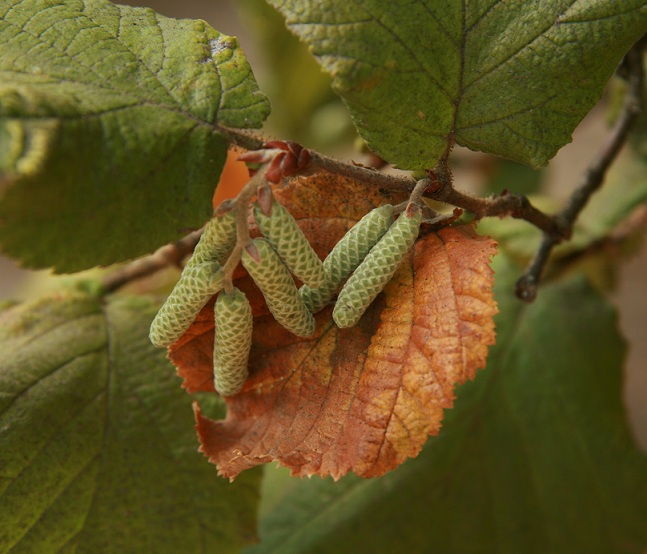
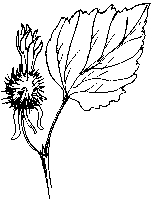
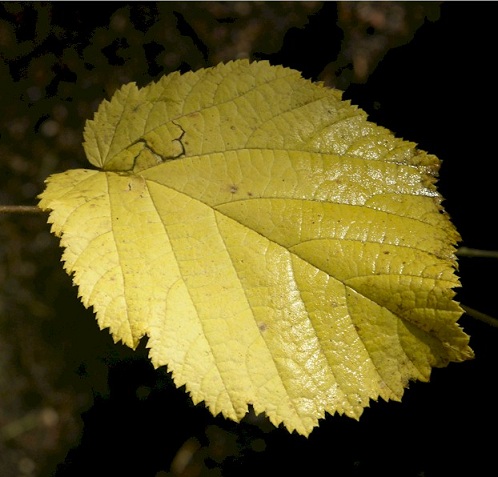 |
||||||||||||||||||||||||||||||||||
|
Photos We Share!
|
|||||||||||||||||||||||||||||||||
|